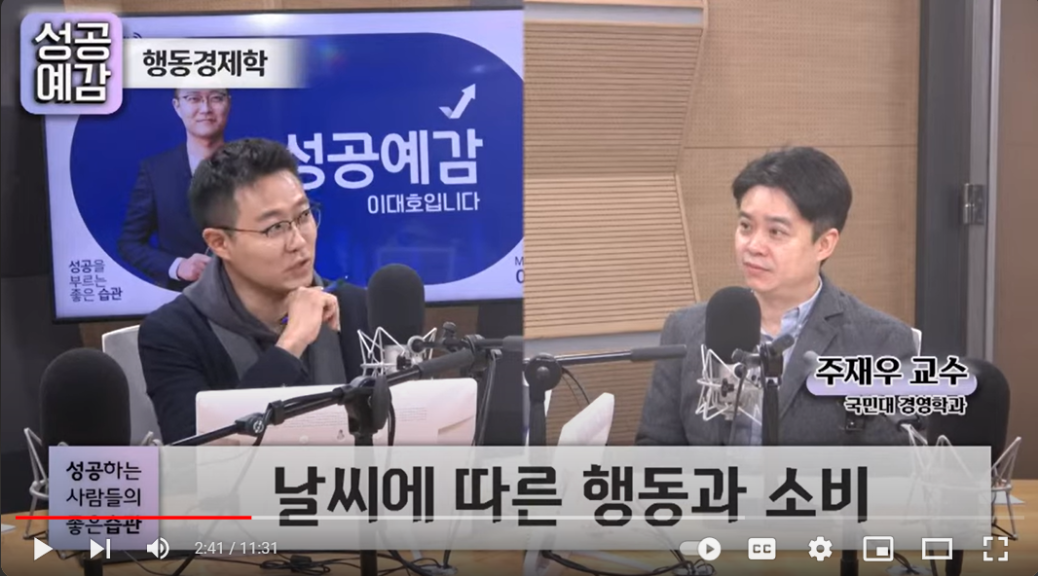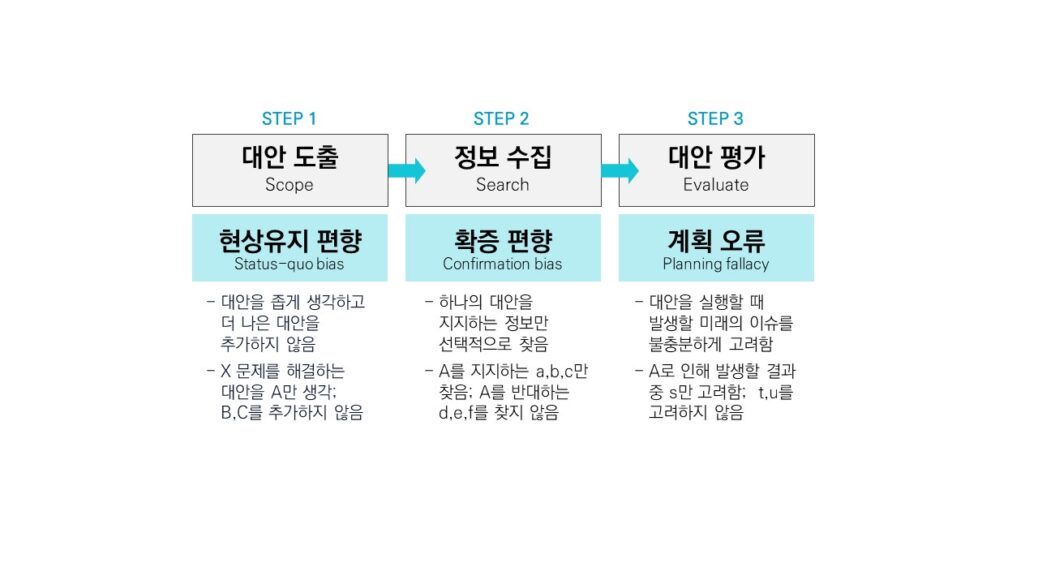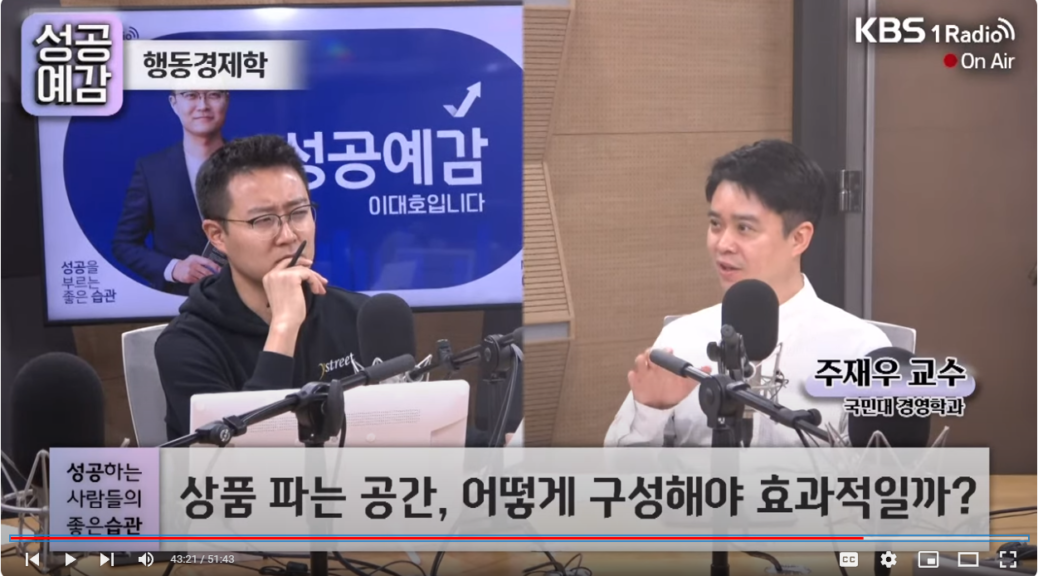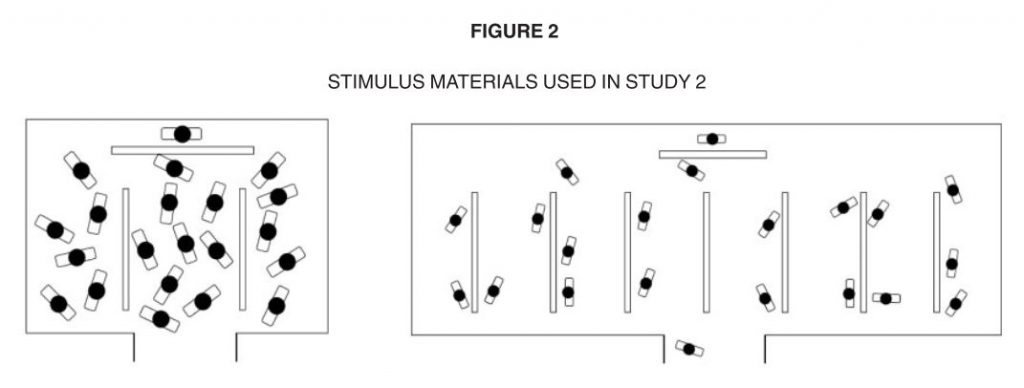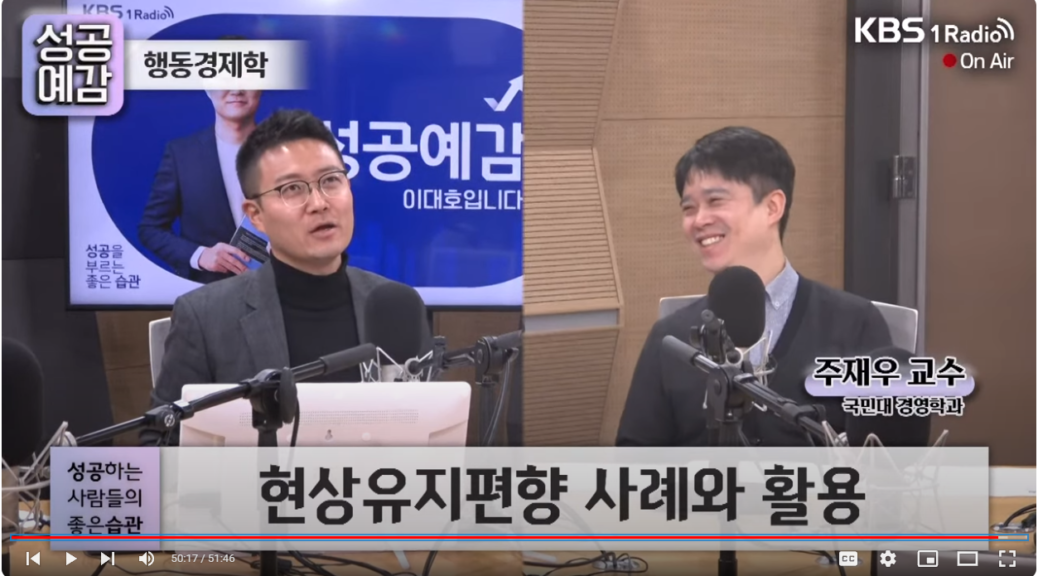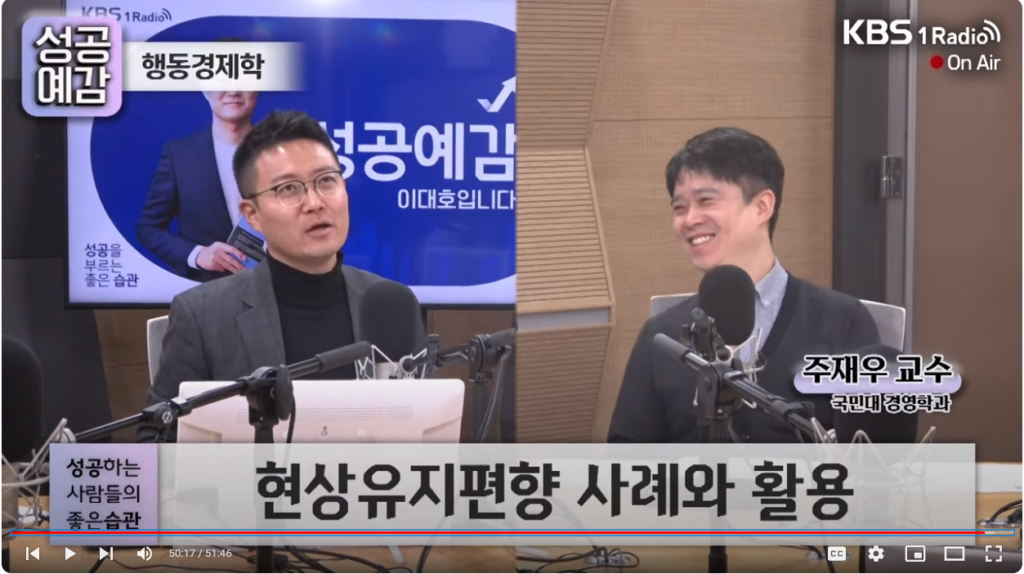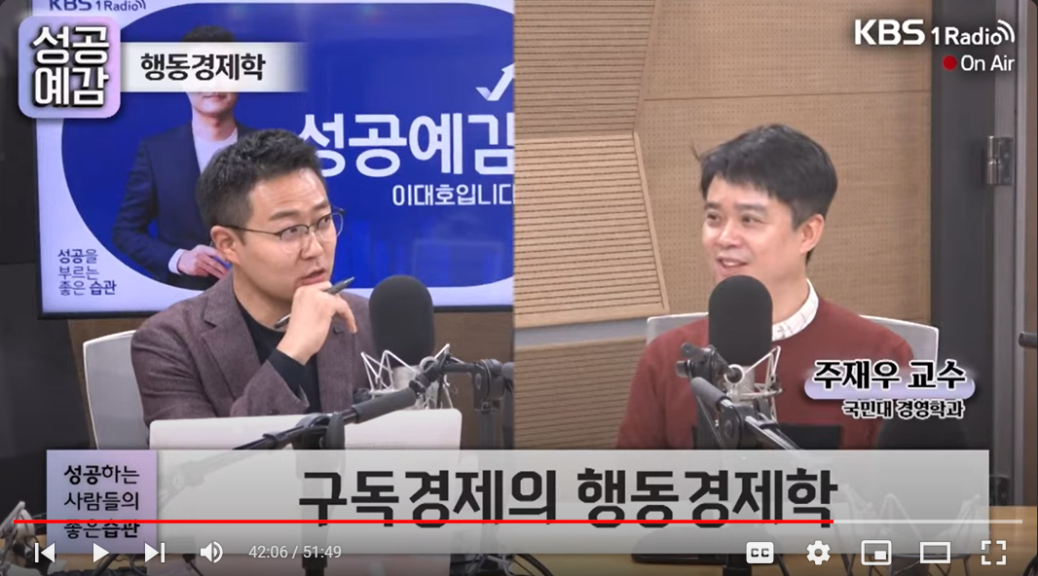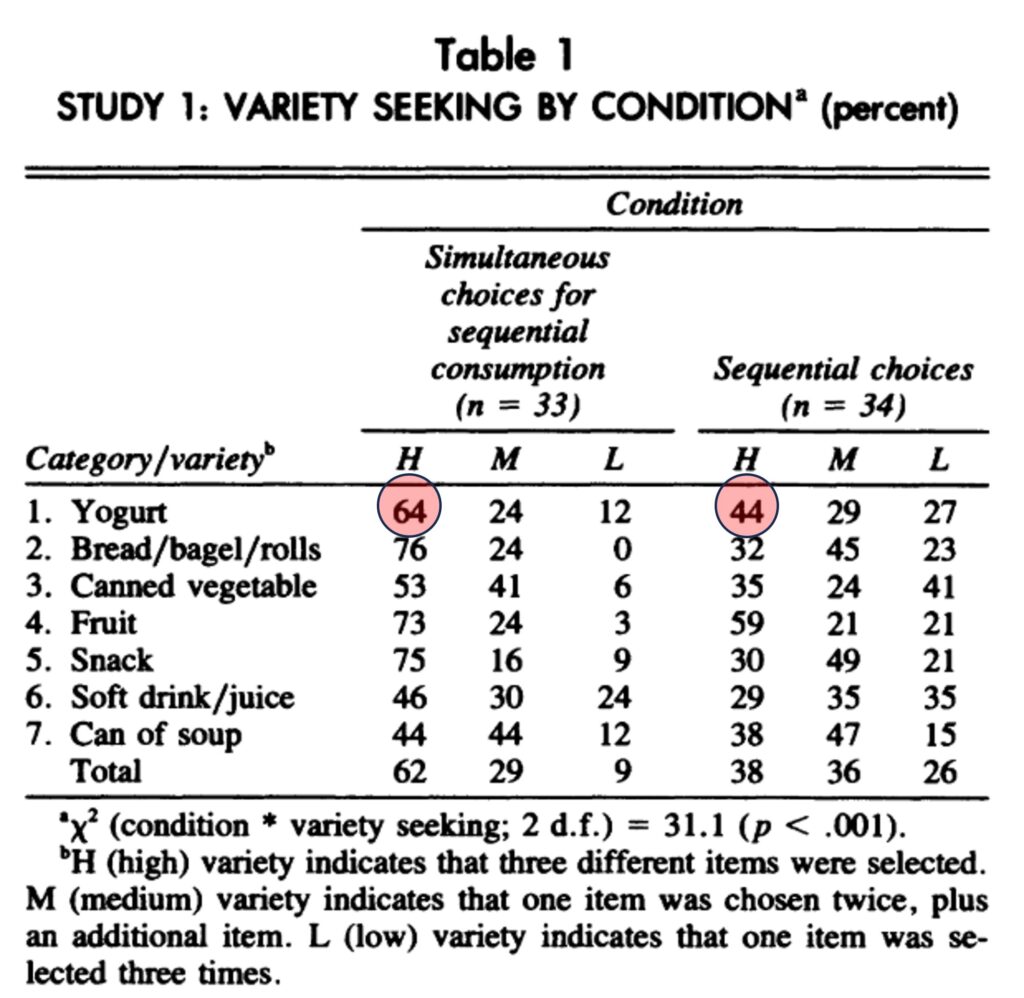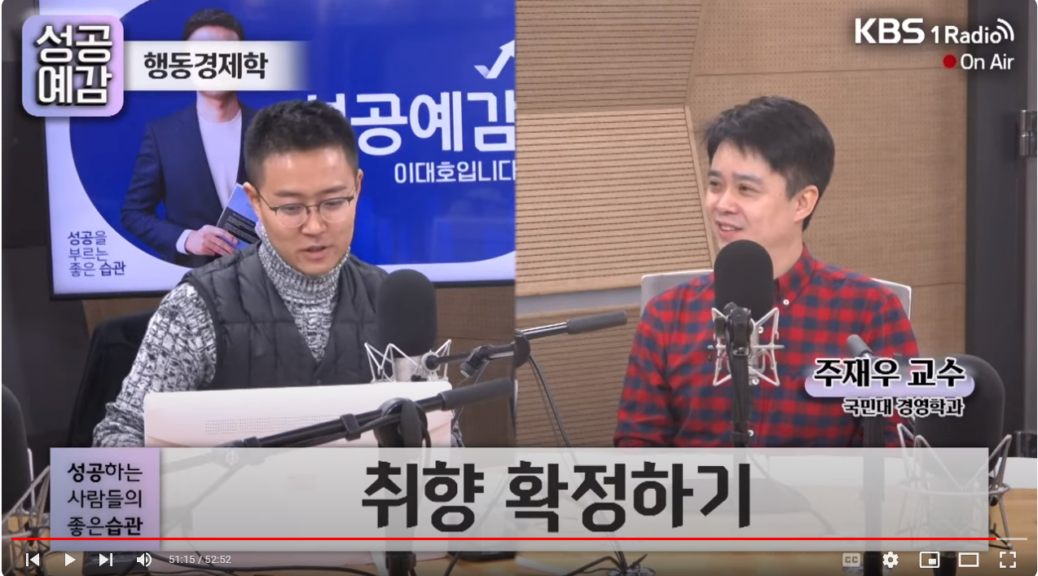날이 풀리고 날씨가 따뜻해지면 소비자들의 행동이 어떻게 바뀌나요?
“날씨가 좋아지면 소비자들은 기분이 긍정적으로 변합니다. 기분이 긍정적으로 변하면 의사결정을 즉흥적으로 하기 때문에 제품에 대한 평가가 너그러워집니다. 결국 따스한 햇살이 얼어붙은 소비 심리를 녹입니다.”
반대로 날씨가 나빠지면 소비자는 어떤 영향을 받나요?
“날씨가 나빠지면 소비자들은 기분이 부정적으로 변합니다. 부정적인 기분을 바꿀 수 있는 경험을 원하기 때문에 무언가 색다른 소비를 시도합니다. 결국 쇼핑 품목이 다양해집니다.”
*행동경제학개론
날씨에 따른 행동과 소비
– #날씨 와 기온에 따른 #소비자 행동
– 기상조건에 따른 #매출 의 변동
– #자영업자 가 참고할 날씨 #마케팅 기법 등
– #주재우 교수 (국민대 경영학과) #KBS1라디오#경제라디오#성공예감이대호입니다#성공예감#이대호#경제심층인터뷰#성공예감심화학습#성공예감인터뷰#경제
***
Reference
Tian, J., Zhang, Y., & Zhang, C. (2018). Predicting consumer variety-seeking through weather data analytics. Electronic Commerce Research and Applications, 28, 194-207.
Marketing decision support systems (MDSS) incorporate both internal and external data in performing analytics to improve business effectiveness. Weather data have long been considered a crucial external data input in practitioners’ marketing strategy; however, academic research on how weather conditions affect consumer behaviors has been limited. To fill this gap, this research investigates how weather parameters, including sunlight, temperature, and air quality, can be incorporated into MDSS to predict consumers’ variety-seeking in their purchases using public weather data and supermarket panel data for five typical retail products. Our analyses show that weather conditions are associated with greater variety-seeking behavior. The results afford insights into how to exploit weather data for data analytics and employ weather targeting strategies to save promotional expenses and increase profitability.

